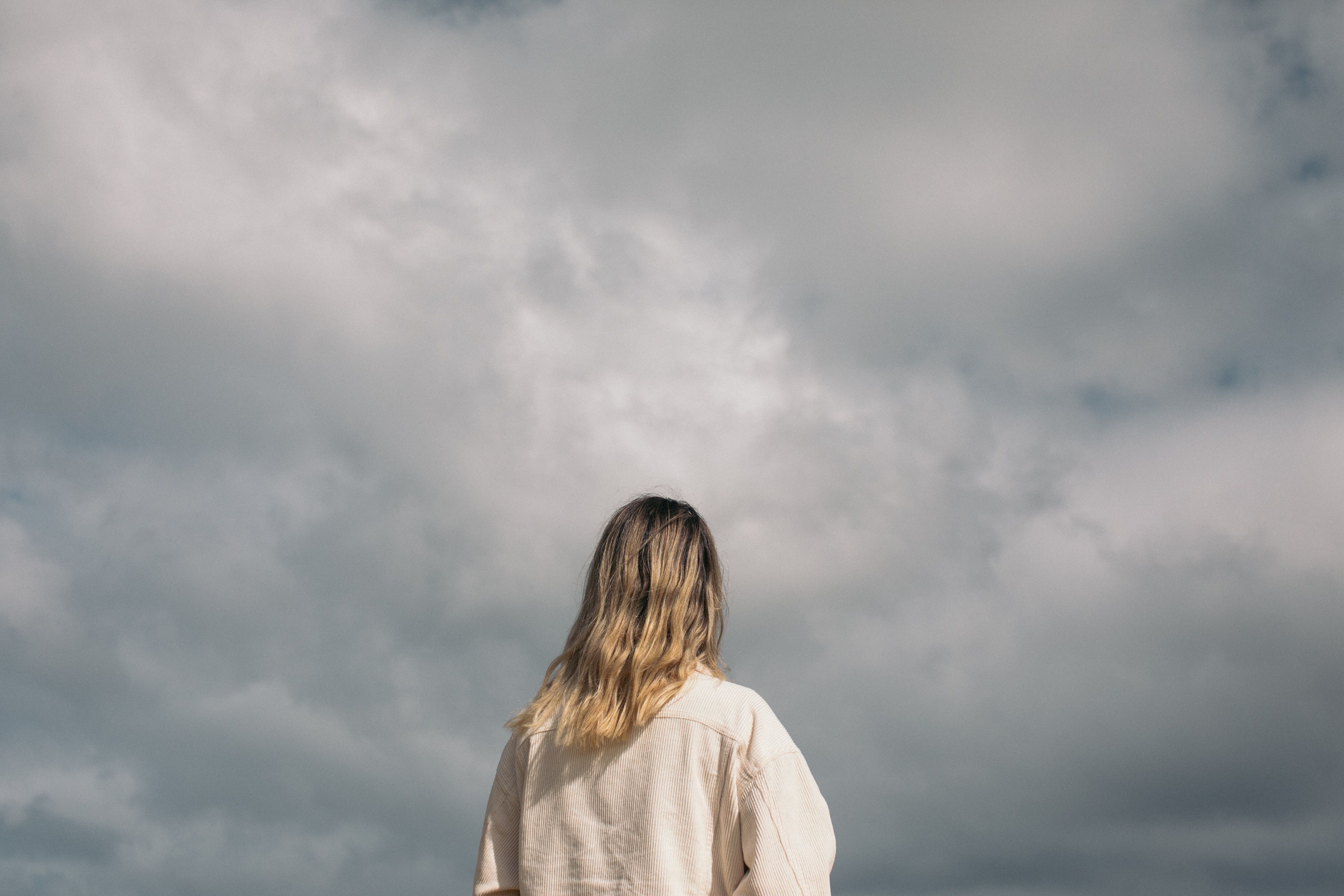Jenny Scott-Thompson, Press Officer for SADA points out that the headlines are at odds with what the study really reports:
The idea that the prevalence of depression in the
general population is relatively stable across seasons and latitudes doesn't
imply anything about the existence of SAD. The statement that the criteria used
to identify SAD do not align with the established criteria for major depression
is also wrong - exactly the same criteria are used, with the simple addition of
the pattern occurring over a number of winters with remission in the summers,
as stated elsewhere in the same research paper. Jenny Scott-Thompson, Press Officer for SADA
Lumie has been a pioneer in
the field of SAD treatment for over 20 years and there is now a huge amount
of research to support light therapy as a treatment for
SAD. We recently asked circadian
rhythm expert Dr Victoria Revell from Surrey University why light is so
critical to our health and what concrete evidence is there to prove that light
therapy has tangible health benefits:
There is clear scientific evidence that light can have
a direct impact on our physiology and behaviour. It has been demonstrated that
light can increase your mood, level of alertness and ability to perform
cognitive tasks. Moreover, light is able to regulate the timing of your
internal circadian (24 hour) body clock. Synchronisation of the clock with the
local light/dark cycle is critical for our health and well-being; it ensures we
have good quality and duration of sleep and that all the rhythmic changes that
happen in our body on a daily basis are appropriately coordinated. A number of
studies have assessed the impact of light therapy on depression ratings in SAD
sufferers and demonstrated a positive impact. Dr Victoria Revell from Surrey University
Contrary to the press headlines,
the new report doesn't say SAD doesn't exist but suggests that ‘seasonal
depression is not the prevalent disorder that it’s commonly thought to
be’. In 2007/8, an ICM Online Omnibus Survey conducted for Lumie
polled 2,000 people and similarly found only a 7% incidence of SAD in the UK
population. What is more widespread is a set of symptoms that put
people on the winter blues spectrum; the Lumie numbers indicate a further 17%
of the population is affected by this condition. Whether winter blues or
the much more severe SAD, light therapy is proven to work. Dr Revell again:
The exact cause of SAD is unclear and it is likely
to be multi-faceted including sensitivity to light, seasonal variations in
serotonin production and synchronisation of the circadian clock. Whatever the
underlying cause, light can be used to alleviate the symptoms of SAD. Dr Victoria Revell from Surrey University
So there is concrete
evidence that SAD is biological in its origins. However, make no mistake, for
sufferers the resulting depression is real and needs a multifaceted approach to
treatment. Ms Scott-Thompson again:
The most frequent myth is that SAD can be treated with
medication and cognitive behavioural therapy alone. This approach is very
rarely effective for people with full-blown SAD, though both treatments can be
helpful extras, and are certainly useful for people with the milder winter
blues. It's important to challenge this latest research because for those who
do suffer from SAD it could make it harder for them to be correctly diagnosed
and then access the light therapy treatment they need. Jenny Scott-Thompson, Press Officer for SADA
In conclusion, while
extreme SAD has a low prevalence, it is a valid condition that is very
disabling for the sufferer, and the milder winter blues, which does affect
almost a quarter of us, is a struggle to live with. For those affected by this
latest research, Lumie and SADA have the same advice: try to get as much
natural daylight in winter as possible, to establish a good sleep/wake pattern
and to eat well; and, of course, to use light therapy.
As
Jenny Scott-Thompson points out:
In my personal experience, CBT helps manage symptoms
better and helps you avoid getting into bad thought patterns about your
symptoms, but will not solve the root cause. For example, CBT allows me to plan
gradual activity even when I'm tired, and eat healthily even when I'm craving
sugar, which is a big help, but only the light treatment actually makes me less
tired and hungry in the first place. Jenny Scott-Thompson, Press Officer for SADA






